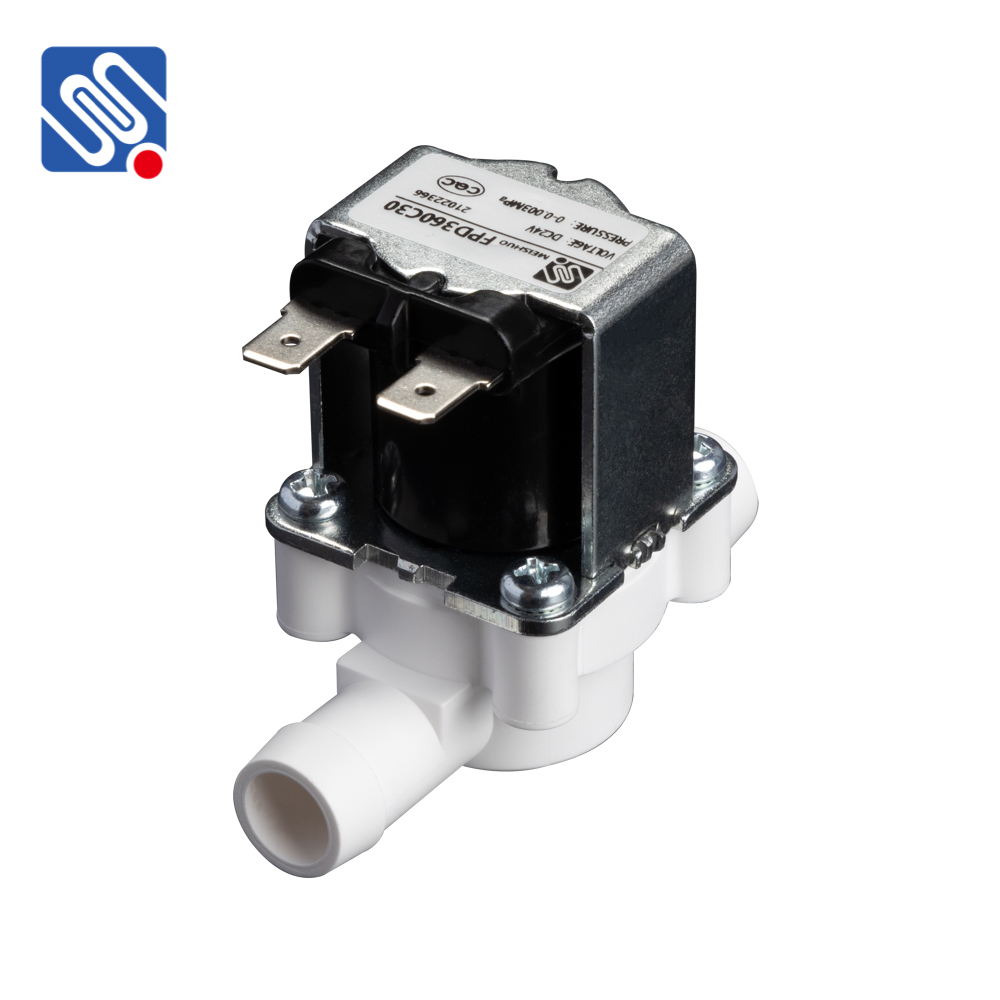The Low Voltage Solenoid Valve is an essential component in many automation and fluid control systems. This type of solenoid valve is specifically designed to operate at lower electrical voltages, typically ranging from 12V to 24V. The main appeal of these valves lies in their efficiency, cost-effectiveness, and ability to provide precise control in various applications, from industrial automation to residential systems. This article will delve into the working principle, applications, benefits, and limitations of low voltage solenoid valves.

Working Principle A solenoid valve consists of an electromagnet, a coil, a plunger, and a valve body. When an electrical current is applied to the coil, it generates a magnetic field that moves the plunger. The movement of the plunger opens or closes the valve, allowing or restricting the flow of a fluid (liquid or gas) through the valve body. In the case of low voltage solenoid valves, the coil operates at a lower voltage, typically 12V or 24V, compared to traditional high voltage solenoid valves. The advantage of using low voltage is that it minimizes energy consumption, reduces heat generation, and ensures that the valve can be used in systems where the electrical power supply is limited or where safety concerns about high voltage are paramount. Low voltage solenoid valves are commonly seen in systems where space, energy efficiency, and precise control are crucial.